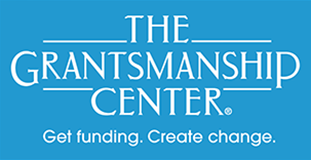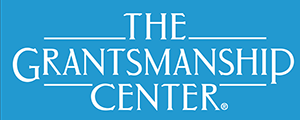
When you are writing a grant proposal, the goal of your writing should be easy comprehension on the first reading by someone not familiar with your subject. Here are some tips to help you accomplish that:
- Use inductive writing—the most important information comes first in each section of the proposal and in each paragraph. (Deductive writing presents information and draws a conclusion at the end.)
- Strive to have writing that is clear, concise and compelling.
- Don’t tell the reader what to think. If your writing is descriptive, passionate and precise, the reader will be more likely to be convinced.
- Write for a lay reader who does not know about your community or the work of your organization.
- Assumptions and opinions are not facts. Provide documented support for your statements when necessary. In other words, no unsubstantiated superlatives.
- Limit the use of jargon and acronyms. They are exclusionary language. Try to limit acronyms to only two per proposal (yes, I am serious). Find another way to abbreviate. A long acronym for a local law enforcement division might be impossible to pronounce or remember. If you say “Sheriff’s Department”, I’m pretty sure the reader will know which one you are writing about if you have already described it.
- Be declarative rather than tentative. “With these grants funds we hope to....” sounds like you are not sure you can accomplish the task at hand. “With these grant funds we will....” is declarative.
- Answer only the question being asked, when following the grantmaker's format. Avoid adding information because YOU think it is important. It can distract the reader and muddle the required content.
These may seem like small suggestions, but even small distractions can disrupt the easy flow of information. They collectively add up to a proposal that is easier to read and comprehend.
Susan Chandler is an independent consultant to nonprofit organizations.



